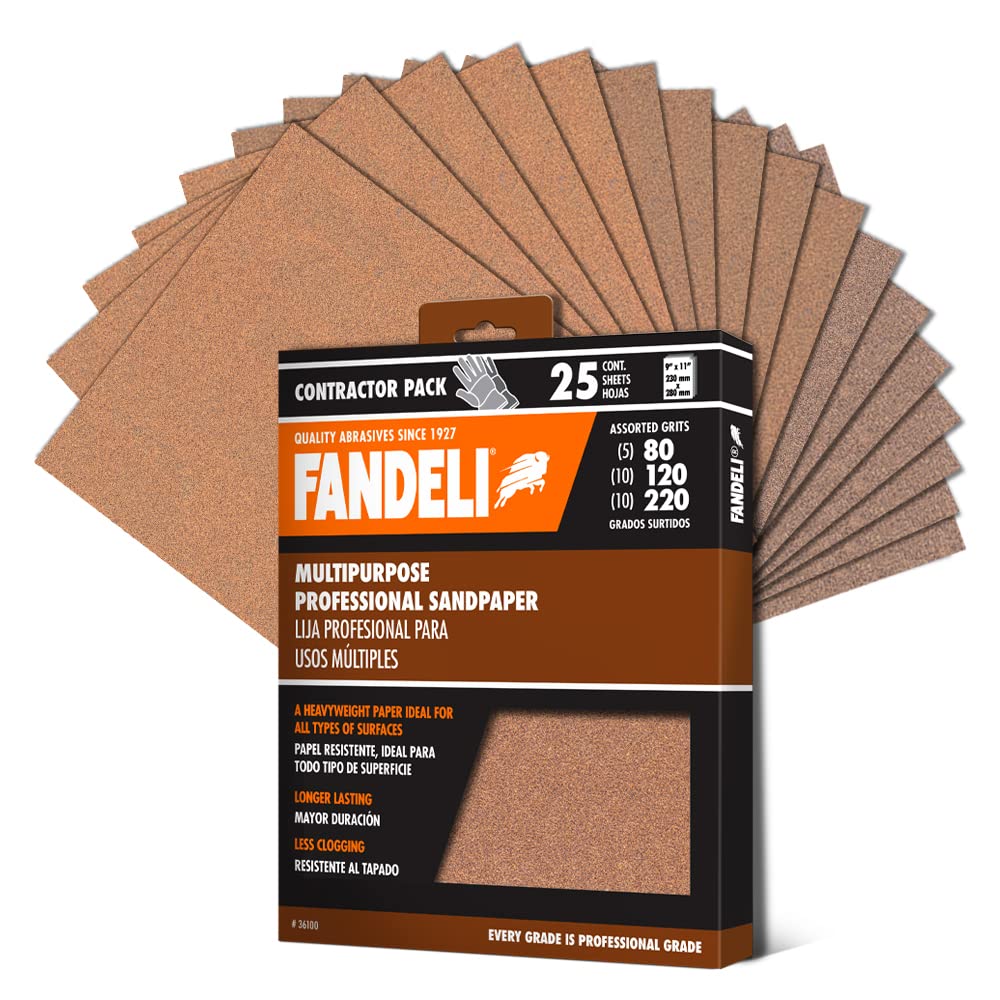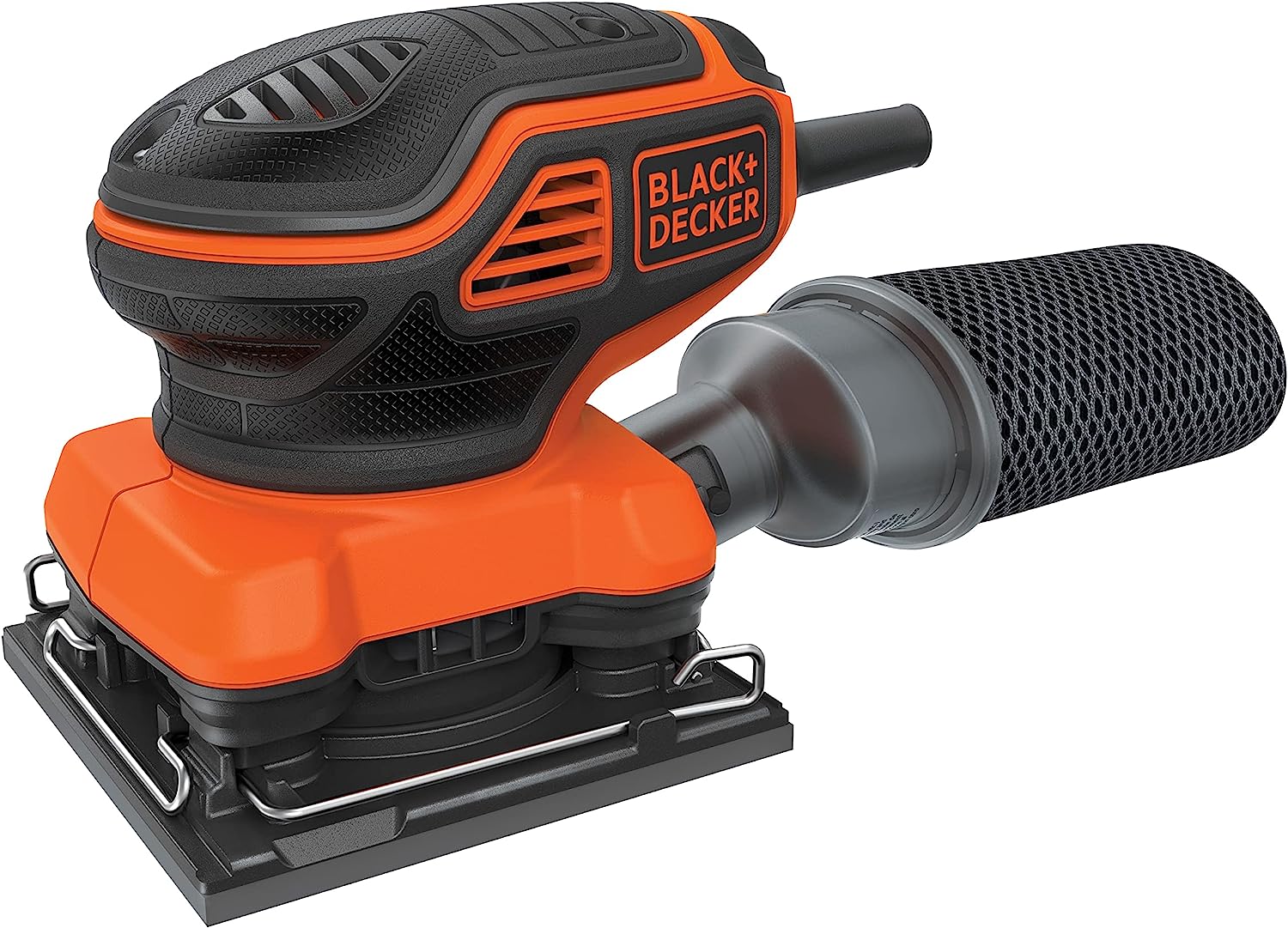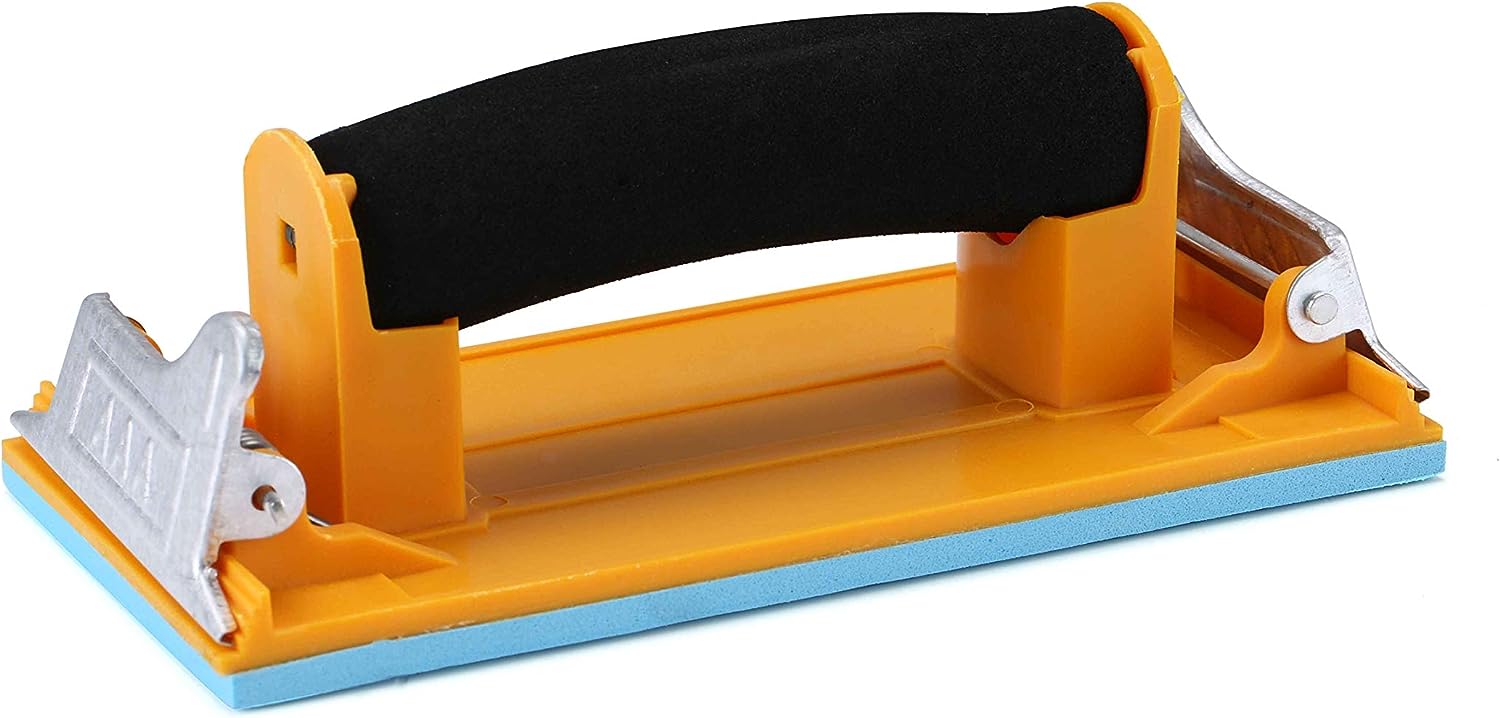How Sandpaper Selection Can Impact Your Furniture Restoration Results
When it comes to furniture restoration, one of the most crucial factors that can make or break your project is the selection of sandpaper. The right sandpaper can help you achieve a smooth and flawless finish, while the wrong choice can lead to frustration and subpar results. In this article, we will explore the different types of sandpaper available, their specific uses, and how they can impact your furniture restoration results.
The Importance of Sandpaper in Furniture Restoration
Sandpaper is an essential tool in furniture restoration as it helps remove old finishes, smooth out imperfections, and prepare the surface for a new finish. It is used to strip away layers of paint, varnish, or stain, as well as to smooth out rough surfaces and create a clean and even base for refinishing.
Choosing the right sandpaper for your furniture restoration project is crucial as it can affect the final outcome in several ways:
- Surface Preparation: Sandpaper helps prepare the surface by removing old finishes and smoothing out imperfections. Using the wrong grit or type of sandpaper can leave behind scratches or fail to remove the desired amount of material.
- Finish Quality: The type of sandpaper you choose can impact the quality of the finish. Using a fine-grit sandpaper can result in a smooth and polished surface, while a coarse-grit sandpaper can leave behind visible scratches.
- Efficiency: Using the right sandpaper can make the restoration process more efficient. Choosing a sandpaper that is too coarse may require excessive effort and time, while using a sandpaper that is too fine may not remove the desired amount of material effectively.
Types of Sandpaper
There are various types of sandpaper available, each with its own unique characteristics and uses. Understanding the different types of sandpaper can help you make an informed decision and achieve the best results for your furniture restoration project.
Abrasive Paper
Abrasive paper, commonly known as sandpaper, is a versatile tool used in various industries, including furniture restoration. It consists of a backing material coated with abrasive particles. The abrasive particles can be made of various materials, such as aluminum oxide, silicon carbide, or garnet.
Aluminum oxide sandpaper is the most commonly used type of sandpaper. It is durable, long-lasting, and suitable for a wide range of applications. Silicon carbide sandpaper, on the other hand, is more aggressive and is often used for sanding harder materials like metal or glass. Garnet sandpaper is less durable but provides a finer finish, making it ideal for delicate surfaces.
Sandpaper Sheets
Sandpaper sheets are large rectangular pieces of sandpaper that can be easily cut into smaller sizes to fit your needs. They are available in various grits, ranging from coarse to fine. Sandpaper sheets are versatile and can be used for both hand sanding and power sanding.
Sanding Blocks
Sanding blocks are handheld tools that hold sandpaper securely in place. They provide a flat and even surface for sanding, making it easier to achieve consistent results. Sanding blocks are available in different shapes and sizes to suit various sanding needs.
Sandpaper Rolls
Sandpaper rolls are long rolls of sandpaper that can be cut to the desired length. They are commonly used in power sanders, such as belt sanders or drum sanders. Sandpaper rolls are ideal for large-scale furniture restoration projects or when a continuous supply of sandpaper is required.
Sandpaper Discs
Sandpaper discs are circular pieces of sandpaper that can be attached to power sanders, such as random orbital sanders or disc sanders. They are available in various diameters and grits, allowing for efficient and precise sanding.
The Best Sandpaper for Furniture

Fandeli Multi-Purpose Sanding Paper

BLACK+DECKER 2.0 Amp Electric 1/4 Sheet Orbit Sander

Aouker HS85180 Hand Sander
Choosing the Right Sandpaper
Choosing the right sandpaper for your furniture restoration project involves considering several factors, including the type of material you are working with, the desired finish, and the level of surface preparation required. Here are some key points to keep in mind:
- Grit Size: The grit size of sandpaper determines its coarseness or fineness. Lower grit numbers indicate coarse sandpaper, while higher grit numbers indicate fine sandpaper. Coarse grit sandpaper, such as 40 or 60 grit, is suitable for heavy material removal or surface leveling. Fine grit sandpaper, such as 220 or 320 grit, is ideal for final sanding and achieving a smooth finish.
- Material Compatibility: Consider the material you are working with. Different materials may require different types of sandpaper. For example, wood sanding paper is designed to work effectively on wooden surfaces, while metal sanding paper is specifically formulated for metal surfaces.
- Surface Condition: Assess the condition of the surface you are working on. If the surface has deep scratches or rough imperfections, you may need to start with a coarser grit sandpaper and gradually move to finer grits for a smooth finish.
- Power vs. Hand Sanding: Determine whether you will be using power sanding tools or sanding by hand. Power sanding tools, such as orbital sanders or belt sanders, require specific types of sandpaper discs or rolls. For hand sanding, sandpaper sheets or sanding blocks are more suitable.
Case Study: Impact of Sandpaper Selection on Furniture Restoration
To illustrate the importance of sandpaper selection in furniture restoration, let’s consider a case study:
John, an experienced furniture restorer, was tasked with restoring an antique wooden table. He started the restoration process by using a coarse-grit sandpaper to remove the old finish and smooth out the surface. However, he noticed that the sandpaper was leaving behind deep scratches, making it difficult to achieve a smooth finish.
Realizing that he had chosen the wrong sandpaper, John switched to a finer-grit sandpaper and continued the restoration process. The finer-grit sandpaper effectively removed the scratches left by the coarse-grit sandpaper and provided a smoother surface for refinishing.
In this case, the wrong choice of sandpaper initially hindered John’s progress and resulted in subpar results. However, by recognizing the issue and making the appropriate adjustment, he was able to achieve the desired outcome.
Conclusion
Choosing the right sandpaper is crucial for achieving successful furniture restoration results. The type of sandpaper, grit size, and material compatibility all play a significant role in the surface preparation and finish quality. By understanding the different types of sandpaper available and considering the specific requirements of your project, you can ensure that your furniture restoration efforts yield exceptional results. Remember to select the appropriate sandpaper, whether it be abrasive paper, sandpaper sheets, sanding blocks, sandpaper rolls, or sandpaper discs, and always choose the right grit size for the task at hand. With the right sandpaper selection, you can transform worn-out furniture into stunning pieces that stand the test of time.



















